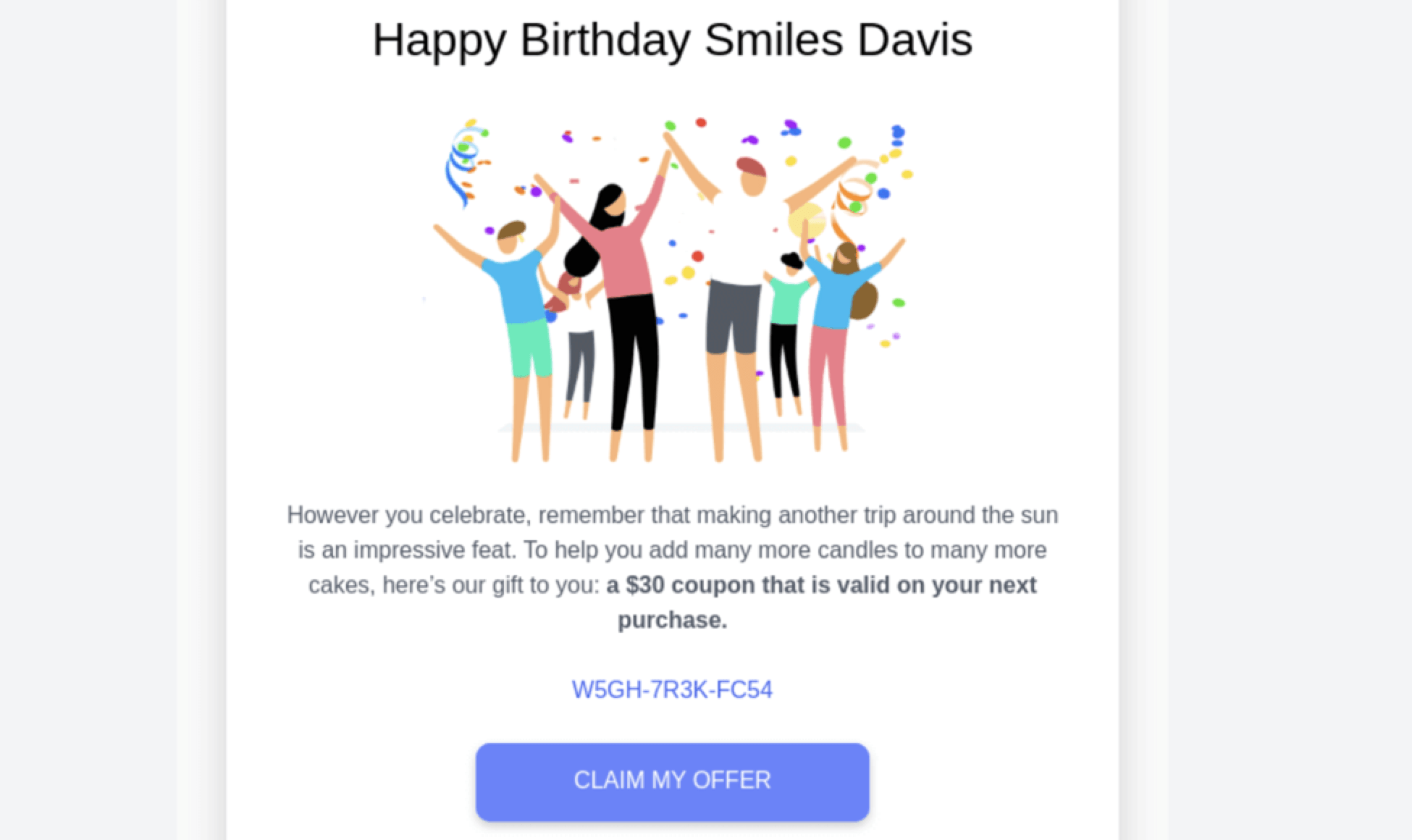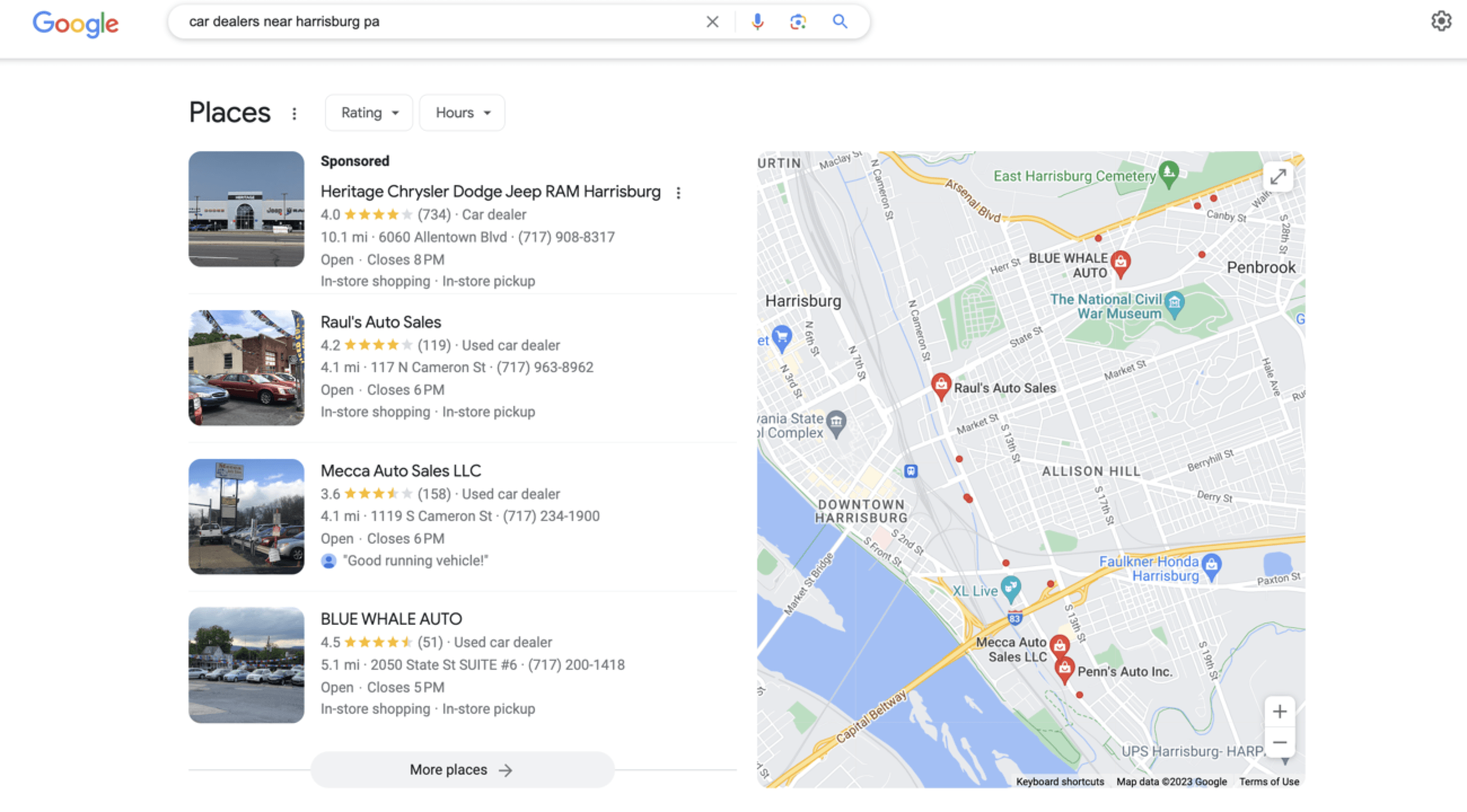Digital marketing is the ticket to getting more exposure — and revenue — for your business. With effective marketing strategies, you can promote your business online, build rapport with clients, and strengthen your bottom line.
This page will cover the 15 best marketing strategies to set your company apart. Then, we will answer a few common questions about digital marketing to help you prepare your successful marketing strategies.
Read on to get started, or call 888-601-5359 to speak with a specialist about how WebFX can create the ideal marketing plan for your company!
*This post has been updated by the WebFX team since its original publishing.
Don’t miss our Marketing Manager Insider emails!
Join 200,000 smart marketers and get the month’s hottest marketing news and insights delivered straight to your inbox!
Enter your email below:
Inline Subscription Form – CTA 72
“*” indicates required fields
(Don’t worry, we’ll never share your information!)

12 top marketing strategies to try
Below are 12 successful marketing strategies that anyone can add to their arsenal:
- Set goals for your marketing
- Outline your budget immediately
- Turn to social channels
- Start a blog
- Invest in emails
- Perform first-party research for SEO
- Personalize your content
- Analyze your competitors
- Show, don’t tell
- Mix paid and organic options
- Prioritize local search
- Offer special content
Let’s take a closer look at each one below:
1. Set goals for your marketing
Any successful marketing campaign’s primary strategy is setting business goals. Establishing an end goal will give you something to strive for and help you outline the tools and steps you need to take.
Some example marketing goals could be:
All these goals give you an endpoint that is achievable and measurable. You can then use your marketing campaigns to target these goals specifically.
2. Outline your budget immediately
How much can you afford to spend on marketing every month? What about every quarter?
Figuring out your budget first can help you optimize your strategies to avoid exceeding your means. You don’t want to jump headfirst into the most expensive plan if you don’t have the budget. Instead, determine how much you can spend and go from there.
Your budget should allocate for tools, software, employee labor, and any services you purchase.
Read: Digital Marketing Costs Breakdown
3. Turn to social channels
Around 91% of companies use social media. That means, if you still haven’t put your business out there, your competitors likely have.
Social media marketing can help you achieve branding goals while connecting with your customers. Plus, you can run for your company, services, and products that reach even more people.
Creating a profile also gives you another place to put key company information, like your hours, reviews, and even a link to your site:

4. Start a blog
Creating content can help you boost your website in the search engine results pages (SERPs). A company blog can be the best way to keep posting fresh, relevant content for your users and Google.
As you continue posting informational content, Google will pin you as an industry source and be more likely to rank you higher in the SERPs. Plus, you can help users learn more general industry knowledge, which helps build your brand reputation and strengthen relationships.
Blog content can include how-to industry guides, opinion pieces, and product reviews. Need help coming up with ideas? Try our blog post idea generator!
5. Invest in emails
Email marketing is another simple tactic you can use with a small team. Email is your best bet if you want to communicate with your customer directly.
Some types of email marketing include:
- Retargeting customers
- Sending a monthly newsletter
- Updating clients on company changes
- Offering discounts and promotions
6. Perform first-party research for SEO
Understanding your audience is a key component of SEO. If you want to learn more about your audience, industry, and current customers, doing research is a must. You can learn more about your industry by interviewing, compiling secondary sources, and conducting surveys.
Your research doesn’t just have to be for your own benefit. Say you work in the tech industry and want to learn more about the impact of artificial intelligence (AI) on certain applications. Once you do your research, you can then offer a downloadable version behind an email signup wall.
7. Personalize your content
Customers are past the routine marketing content. In fact, 54% of people want to see content personalized to their interests. If you don’t consider your customers, it will be harder to get them to convert.
Personalized content can be anything from unique ads to targeted emails:

If you don’t have your customers’ information, you can create buyer personas that speak to your customer’s general interests. For example, if you run a skincare company for women, they might also be interested in other health-related topics.
Finding and working with your customers’ interests will show you care about them and make your marketing materials more effective.
8. Analyze your competitors
Performing a competitor analysis can show you what tactics are working elsewhere. To set yourself apart from the competition, you must see how they work!
For example, say you only offer free shipping over $100 when it’s over $50 for all your major competitors. If you switch, you could be on the same level and let your customers know.
A competitor analysis can include:
- Web content
- Keyword usage
- Pricing
- Available services and products
- Reviews
9. Show, don’t tell
Regarding your marketing campaigns, it’s better to show why your company is a great choice rather than simply telling customers. Showing what you are capable of will have more of an impact and leave a stronger impression.
Some ways you can show your strengths are:
- Posting before and after pictures of projects
- Sharing customer reviews
- Highlighting and certifications or awards
- Creating client case studies or a portfolio
10. Mix paid and organic options
Using both paid and organic strategies can bring more traffic to your site. The question is — which one should you use?
Pay-per-click (PPC) ads are ideal for quickly generating a lot of traffic. If you launch a new product or service, you could create a PPC campaign to help people find it.
SEO and other organic techniques improve your site’s rankings and traffic over time. If you have a website, you should optimize it for organic traffic to help people find your business.
Mixing the two can help you target different areas and audiences.
11. Prioritize local search
Local SEO can help you target customers in a particular geographic area. If you only work with local customers, it’s crucial to narrow your scope to those in that service area.
Local results in Google include a map that shows companies’ locations:

To target local search, make sure that you use location-based keywords in your content. Also, you can create a Google Business Profile, which will appear as a listing in the SERPs (like the ones above!)
12. Offer special content
The last strategy you can employ for your business is offering specialized content. These materials are usually locked by some action, such as signing up for your email list or submitting a phone number.
Creating in-depth pieces, research, or even ebooks can encourage people to trust you with their contact information. From there, you can reach out to chat, encourage them to contact you or see if they would be interested in more content from your company.
Marketing strategy FAQs
Here are some commonly asked questions about marketing strategies.
What is a marketing strategy?
A marketing strategy is a long-term solution to achieving a goal. For companies, goals can be anything from reaching a revenue milestone to building a stronger brand presence, which is why you use marketing. Marketing strategies are the how behind your approach.
Why use digital marketing strategies?
A solid marketing strategy can help you accomplish your goals in a set timeline while putting the lowest strain on resources. A well-rounded approach can also help you:
- Improve your bottom line
- Target the right audience
- Grow your brand presence across platforms
- Track your performance
- Improve customer service and relationships
What components do effective marketing strategies have?
Picking a marketing strategy is half the battle. Then, you need to ensure it’s effective at driving revenue and helping your business grow. An effective marketing strategy should be:
- Scalable: As your business grows, so should your marketing strategy. You need a plan that will work with you for years or one that’s easy to adjust.
- Within your budget: Marketing shouldn’t be beyond your means — it should be an essential part of your business expenses. You can find marketing options that fit within your budget.
- Comprehensive: Many strategies overlap to give you well-rounded results. Don’t settle for a marketing plan with gaps.
- Trackable: You must track key performance indicators (KPIs) to make sure that your marketing plan is working. Most marketing strategies have trackable metrics you can use to determine success.
WebFX is a partner businesses trust.
Hear from HydroWorx, who saw a 236% increase in organic sessions with WebFX services.
Watch the Video Testimonial 

Get started on your marketing plan with WebFX!
Now that you know the best marketing strategies out there, it’s time to create the ideal marketing plan for your business. If you want some assistance making the right choices, WebFX can help!
We have worked with over 1000+ clients in 154 industries. In the past few years alone, we have generated $3,021,182,299 for our clients — you could be next.
Request a quote online today and see what our digital marketing services will do for your business firsthand!